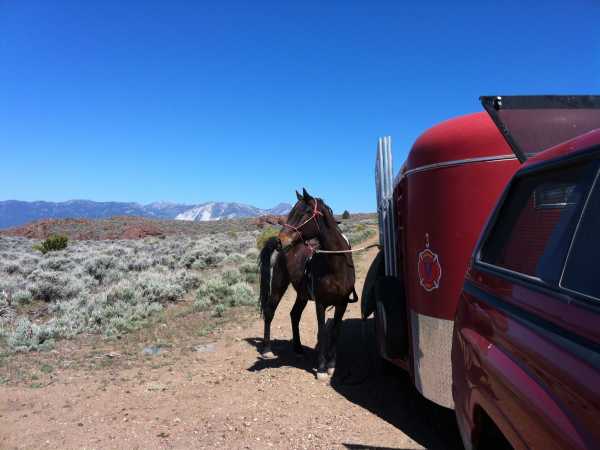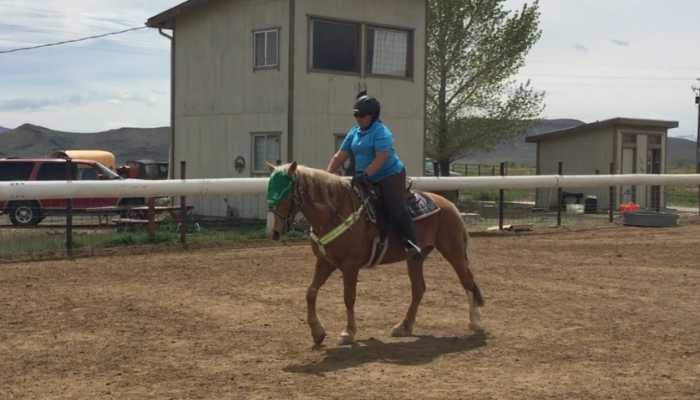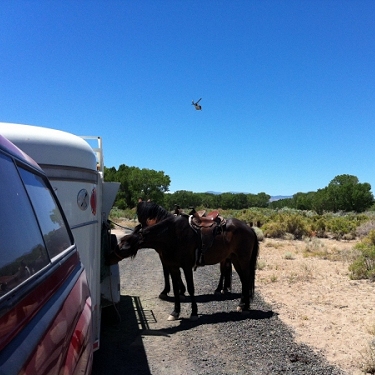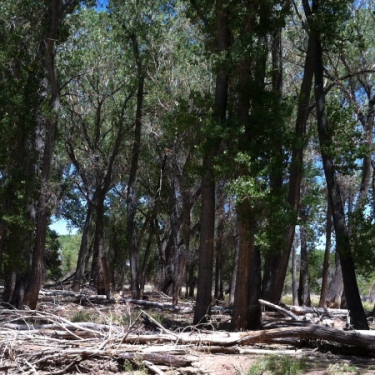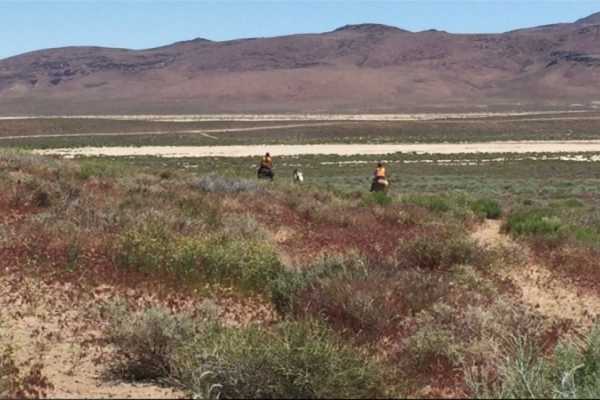
|
Least Resistance Training Concepts
|

|
(Practicing locating specific target scents while blindfolded.)
|
|
Please note: This page is a continuation from
Part One.
Mounted Team Pros and Cons. When developing and deploying a mounted team one must evaluate both the team's support needs and the benefits that a mounted team can provide. Some needs to consider:
Some advantages to consider:
|
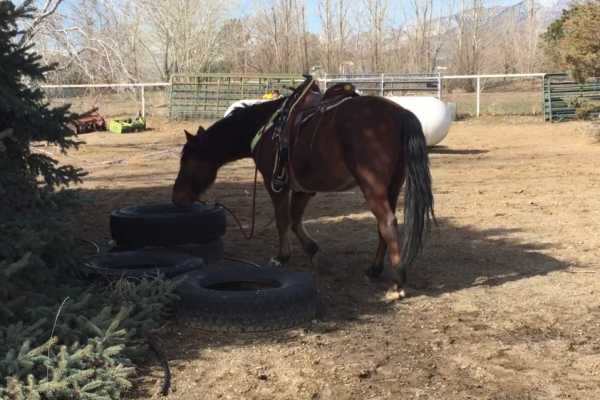
|
It's in their DNA.
Horses evolved as prey animals. Keen senses were a requirement for the species to survive. Horses are also precocious learners with instinctive curiosity. When these natural attributes and behaviors are properly shaped, they can provide significant advantages to search and rescue operations. One secret to success is to shape these natural behaviors so that the horses aren't reactive to unexpected people and objects, but instead provide detection signals that their riders can recognize. Accomplishing this objective requires the horses to be conditioned so that their "discoveries" don't result in reactivity (spookiness,) and that riders become more cognizant of their horses' alert signals. Equine scent detection is merely an extension of an effective mounted unit's training program. While an obvious objective is for horses to be able to reliably detect and find missing people, objects, etc., a more profound benefit lies in the riders' becoming more attuned to their horses' signals and attempts at communication, thus generating increased overall mounted proficiency and safety. Field exercise example. We often practice in an area consisting of approximately 18 square miles (approx. 11,500 acres) of hills, small canyons and rough volcanic peaks. Our search scenarios generally involve 2,000 to 3,000 acres of the total area, with the choice of terrain based on our particular training objectives. Scenario: The search area comprised about 3,000 acres of hills and narrow valleys. Cover was desert sage, scrub and tumbleweeds with a maximum plant height of about 5 feet, average plant height < 3 feet. The day was clear and mild. Wind was out of the southeast at about 5 knots.
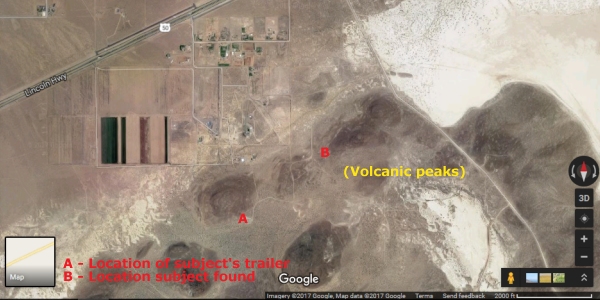
Our subject was an endurance rider who volunteered to role play being been bitten by a rattlesnake when leading his horse and subsequently was unable to remount to ride out. His horse is now loose. Searchers have been provided a probable location of the rider's pickup and trailer. A search was called for when the rider did not return when expected. Our mounted team consisted of two of our search "rookies" and an instructor providing minimal advice. This was their second deployment on a wide-area search exercise. They were supported by an experienced IC who was attached to Rescue 3 and a Safety Officer was present, bringing the total search compliment to five personnel; three in the field and two staged at the start point. Performance objectives:
(Personnel at staging, while the mounted team was deployed.)
Notes: In this scenario the subject could ride out with the team if found within one hour of callout by using team members to assist with mounting. After one hour the subject would be too weak and would have to be carried out in the Stokes basket. Search objectives also included tracking the rider in an area frequented by wild horses (thousands of hoofprints present) in addition to scent detection.
Actual search performance. (One team of 3 riders.)
Note 1: Since this was an exercise, members were already prepared to load their horses and respond at the time of "callout." Note 2: Search time started following completion of mounted safety inspection check-off. Note 3: Upon smelling a reference scent, the horses trotted in a bee-line directly to the hidden subject. Here is a link to the actual Exercise Event Log, a MS Word file that should open in a new tab or window. |
Continue to Developing Effective Search Horses
Return to Part One
Press Back to return to the page which brought you here
Return to LRTC SAR Tools Resource Page
Return to LRTC Training and Information Page
Return to KBR Training Page
